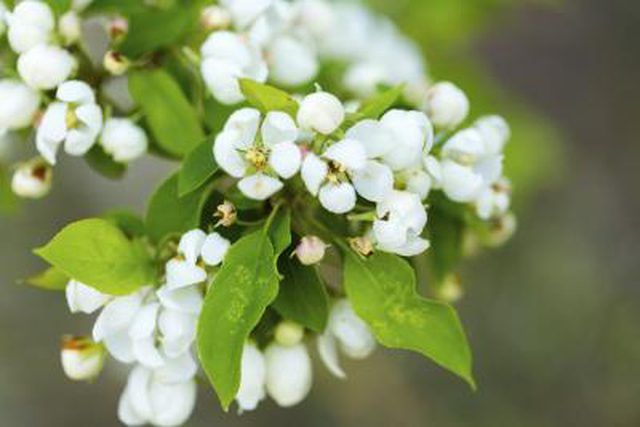Bulbs
Flower Basics
Flower Beds & Specialty Gardens
Flower Garden
Garden Furniture
Garden Gnomes
Garden Seeds
Garden Sheds
Garden Statues
Garden Tools & Supplies
Gardening Basics
Green & Organic
Groundcovers & Vines
Growing Annuals
Growing Basil
Growing Beans
Growing Berries
Growing Blueberries
Growing Cactus
Growing Corn
Growing Cotton
Growing Edibles
Growing Flowers
Growing Garlic
Growing Grapes
Growing Grass
Growing Herbs
Growing Jasmine
Growing Mint
Growing Mushrooms
Orchids
Growing Peanuts
Growing Perennials
Growing Plants
Growing Rosemary
Growing Roses
Growing Strawberries
Growing Sunflowers
Growing Thyme
Growing Tomatoes
Growing Tulips
Growing Vegetables
Herb Basics
Herb Garden
Indoor Growing
Landscaping Basics
Landscaping Patios
Landscaping Plants
Landscaping Shrubs
Landscaping Trees
Landscaping Walks & Pathways
Lawn Basics
Lawn Maintenance
Lawn Mowers
Lawn Ornaments
Lawn Planting
Lawn Tools
Outdoor Growing
Overall Landscape Planning
Pests, Weeds & Problems
Plant Basics
Rock Garden
Rose Garden
Shrubs
Soil
Specialty Gardens
Trees
Vegetable Garden
Yard Maintenance
About Cleveland Pear Trees
About Cleveland Pear Trees. Spring-blooming Cleveland pear trees (Pyrus calleryana "Chanticleer") were introduced in 1965 as alternatives to weaker-branched Callery pear (Pyrus calleryana) varieties. Suitable for planting in U.S. Department of Agriculture plant hardiness zones 5 though 9a, Cleveland trees -- also known as "Cleveland...

Spring-blooming Cleveland pear trees (Pyrus calleryana "Chanticleer") were introduced in 1965 as alternatives to weaker-branched Callery pear (Pyrus calleryana) varieties. Suitable for planting in U.S. Department of Agriculture plant hardiness zones 5 though 9a, Cleveland trees -- also known as "Cleveland Select" -- grow up to 35 feet tall. At just 15 feet wide, their slender canopies were considered less likely to lose branches to wind or snow. As time has proven, the trees' ornamental dazzle hasn't overcome their numerous defects.
Cleveland's Origins
Cleveland pear trees are the creation of Edward Scanlon, a pioneer in urban tree management and Cleveland, Ohio's Commissioner of Shade Trees between 1946 and 1955. He applied for a patent in 1963, claiming Cleveland's spines and conical canopy distinguished it sufficiently from spineless, oval-canopied "Bradford" (Pyrus calleryana "Bradford"). Although both trees grow in USDA zones 5 though 9 and pair eye-catching, white spring flowers with brilliant, purple-red fall foliage, the patent was granted.
Breaking Branches
Like all Callery pear cultivars, Cleveland pear trees are bred for rapid growth. Many people buy them for quick shade and screening, without realizing that fast-growing trees often have weak wood that breaks in wind or shatters under the weight of ice and snow. Over time, Cleveland pears' branches have proven as susceptible to breakage as "Bradford's." Because of branch loss, they and other Callery pear varieties usually need replacing within 20 years.
Unwanted Spread
Although they were bred to be sterile, Cleveland, "Bradford," and other Callery pear cultivars cross-pollinate. If different varieties are close enough, they'll produce fruit with viable seeds. Transported by fruit-eating birds and wildlife, the undigested seeds sprout. The hybrid seedlings out-compete native vegetation for soil moisture and nutrients. In many areas, they've become enough of a problem to be classified as invasive and put on official "do not plant" lists.
The Odor Factor
A Cleveland pear at the peak of its spring bloom remains the envy of the neighborhood as long as the neighbors keep their windows closed. Like all Callery pears, Cleveland's flowers release an overpowering odor frequently compared to that of decaying fish. To make matters worse, the flowers attract pollinating beetles and flies instead of hummingbirds and honeybees.
If You Plant Cleveland Pear
Donít plant a Cleveland pear without checking first for other Callery pears or cultivars within cross-pollinating distance. If thereís no danger of it becoming invasive, plant the tree in well-drained, well-draining, loamy soil receiving six or more hours of daily sun. It needs 1 inch of weekly water, including rainfall, for its the first two years. Slow, deep watering with a soaker hose is best. Beginning in its the third year, and every three years after, feed it in early spring with slow-release 12-6-6 fertilizer scattered evenly over the soil at the rate of 2 cups per 100 square feet and watered in. As a non-native plant plants resistant to fire blight, Cleveland pear has no serious disease or insect trouble.